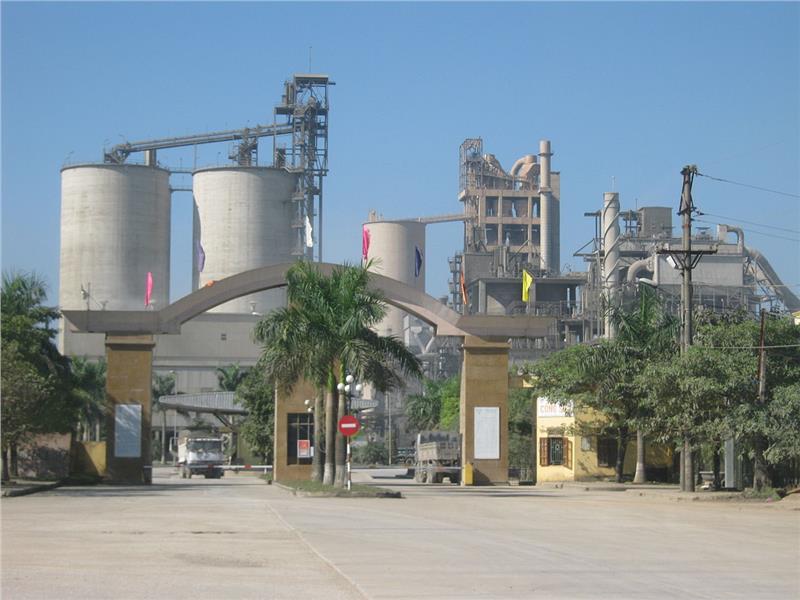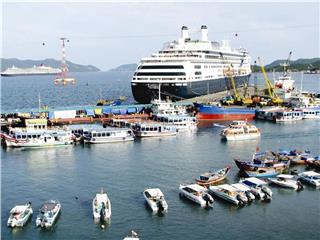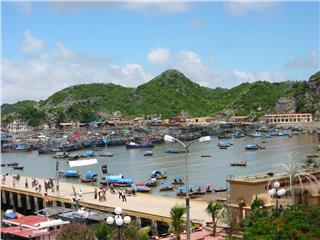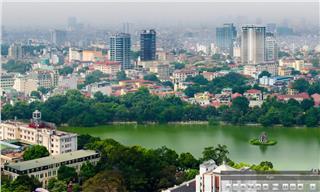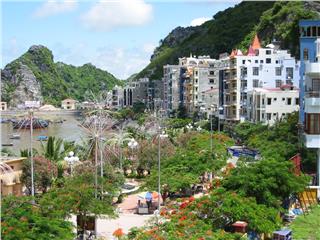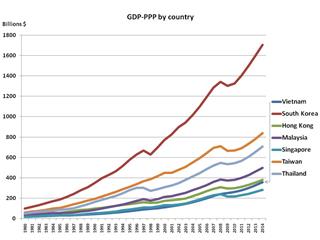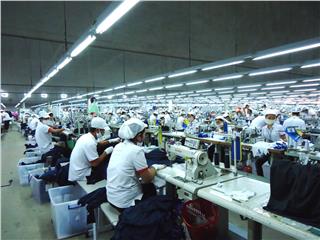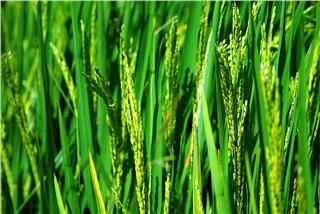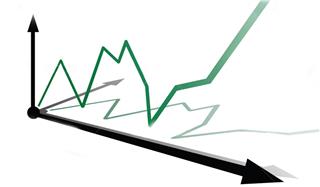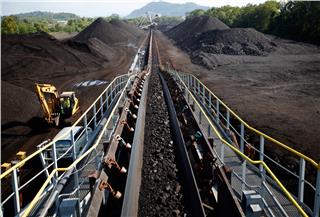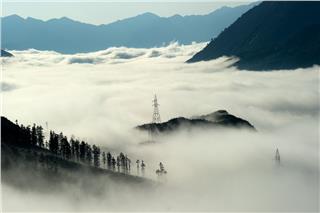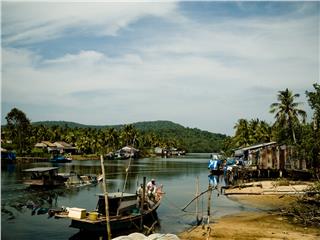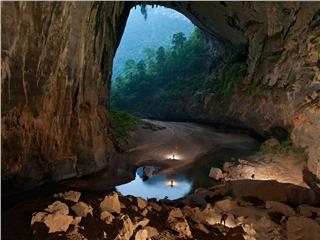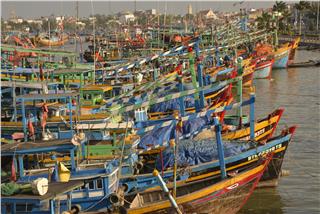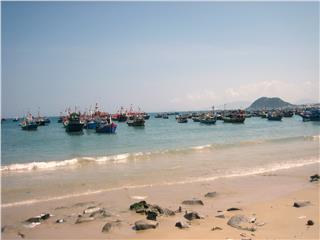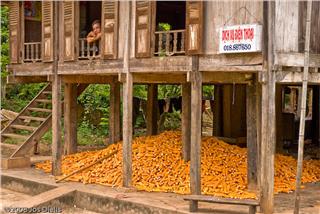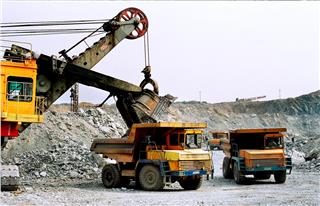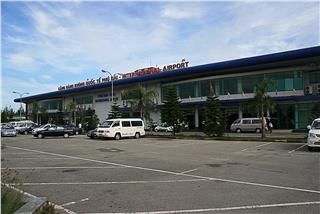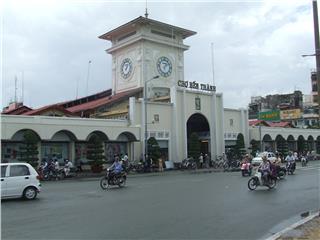In 10 recent years, Ninh Binh economy has strongly developed, focused on the formation of industrial zones and considered the industry as the motivate power to boost the economic development.
Ninh Binh is located in the gateway to the Northeast of Vietnam, about 93km from Hanoi capital. This is the place that continues economic and cultural exchanges between the Red River Delta and the North Central, between the northern plain and the northwest region. The strength of Ninh Binh economy is the industry of building materials and tourism.
In recent years, the economy of Ninh Binh is continuous growth at the 2-digit level. In 2010, in the ranking of provincial competitiveness index, Ninh Binh ranked 11/63 provinces and constantly leads Northern provinces. Ninh Binh is one of the provinces attracting the large foreign investment in Red River Delta economy. In 2010, the provincial revenue reached 3.100 billion while the provincial area and population ranks only 56/63 and 43/63. The economic structure of GDP in 2011 was Industry - construction: 46.35%; Agriculture - forestry - fishery: 13.9% and Services: 39.6%.
Industry
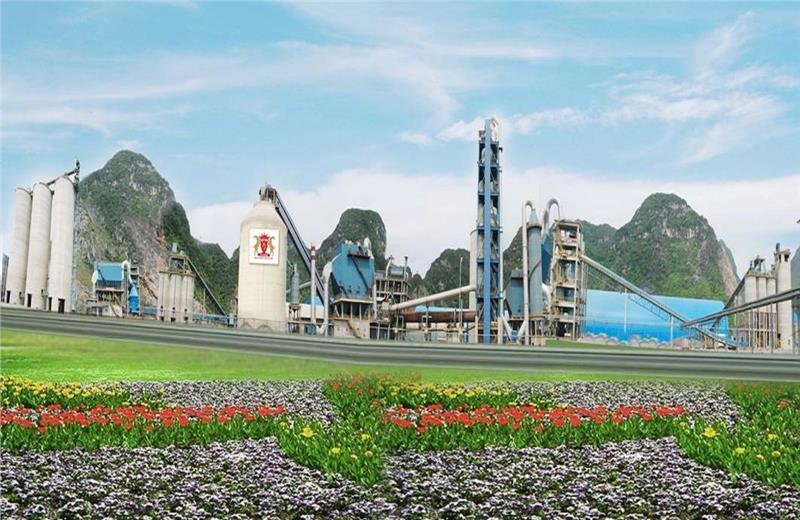
Ninh Binh province has potential and strengths to develop building materials industry with the large number of cement factories which highlights businesses The Vissai, He Duong cement (the capacity of 3,6 million tons / year), Tam Diep cement ... The main products of province are cement, stone, steel, lime, bricks, etc. Currently, the province has five industrial zones established and put into operation, including Khanh Phu Khanh, Gian Khau, Tam Diep, Phuc Son, Khanh Cu with a total area of nearly 900 hectares according to the plan. Every year, the industrial production value of the industrial zones achieves from 10 thousand to 12 thousand billion/year, paying into the state budget from 600 to 800 billion. Since the formation, the industrial zones have created more than 20 thousand jobs for rural labors.
Ninh Binh also has 22 industrial parks with an area of 880 ha. The industrial output value in 2010 reached 3,242 billion, accounting for 33.6% of industrial production in the province, which paid to state budget 665 billion, accounting for 22% of the provincial revenue, the export turnover reached 39.6 million, accounting for 49% of export turnover in the province. In 2011, the industrial production value is estimated at 12,826 billion, increased 4,168 billion compared to 2010. Regarding the investment, the province has industrial projects with the large investment that are deployed as Ninh Binh fertilizer factory with the capacity of 56 thousand tons / year, soda factory, Ninh Binh steel factory. In 2013, the production value reached 15.5 trillion, increased 12.1% compared to 2012 and reached 95.7% of the yearly plan.
Agriculture
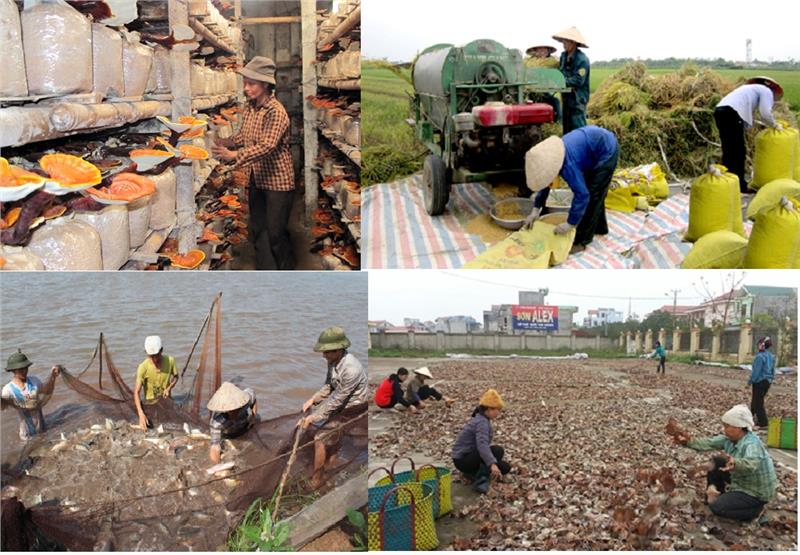
The economy in Ninh Binh has the advantage of developing diversified agriculture sectors. The main areas specializing in agriculture areas of the province consist of: Dong Giao farm specializing in industrial crops such as pineapple, Kim Son area planting rushes to make sedge mats, handicrafts, raising tiger prawns, seafood, Ninh Phuc, Ninh Son planting flowers and vegetables. The agriculture- forestry – fishery structure in provincial GDP in 2007 reached 26%. The aquaculture develops stably, especially in the area raising freshwater fishes. The aquaculture area in 2007 was 9,021 ha, an increase of 27.7% against 2004; in which the farming area reached 6910 ha of freshwater aquatic animals and 2,074 ha of brackish water ones. The total value of fisheries in 2007 was 350 billion, up 73.4 billion compared to 2004.
In 2013, the total production value reached 2.199 billion (pricing 1994), falling 0.63% against 2012. Despite having many difficulties, in 2013 the revenue reached 2.855 billion, 100.2 % of the plan, increased 11.7% compared to 2012.
Tourism - Services
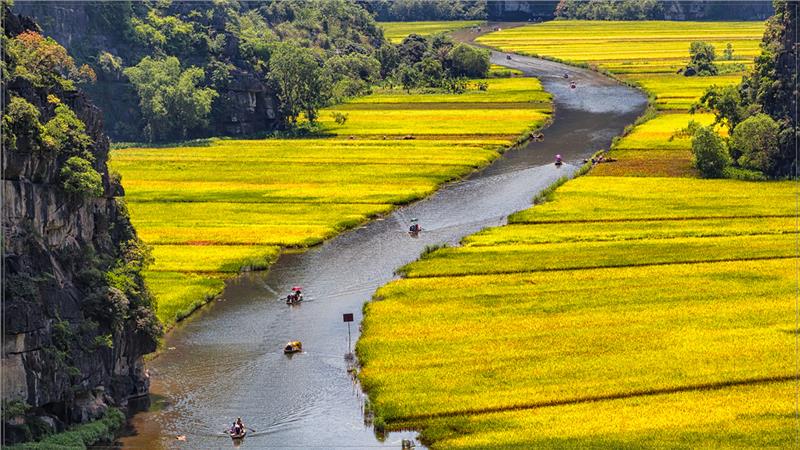
Ninh Binh is located at the convergence of interprovincial traffic, so it is very convenient for the circulation of goods to other provinces in the country. In addition, Ninh Binh economic development also depends on the development of tourism. Therefore, tourism is also considered as the key economic sector of the province. Ninh Binh has many historical-cultural relics with the rich types of architecture, art, history, beliefs, religion and historical revolutionary relics. The diversity is reflected in the types of tourism: ecology, culture, relaxation, adventure and sports. Many scenic spots have become tourist attractions appealing domestic and foreigner tourists.
Number of tourists to Ninh Binh in 2013 reached 4.4 million arrivals, rose 18.5% compared to 2012, the turnover increased 15.2%. The management of travel is enhanced; social security and sanitation in the tourist spots are guaranteed. The infrastructure of tourist areas continues to be invested. The quality of services is improved, especially accommodation service quality.
